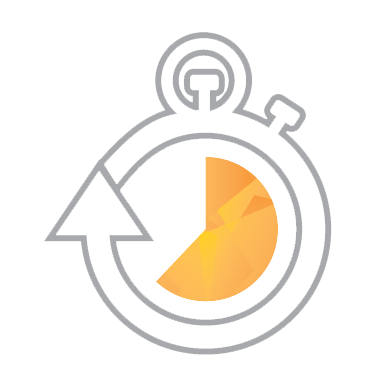The debt crisis in  Greece, Italy, Ireland and UK could increase borrowing costs for Australia’s banks.
Greece, Italy, Ireland and UK could increase borrowing costs for Australia’s banks.
While the global financial crisis forced Australia’s banks to reduce their dependence on international market for financing, some 40 per cent of their funding requirements are still sourced from global markets.KPMG financial services partner Andrew Dickinson said while the banks remain fairly comfortable where they are in their funding programs, the debt exposure in countries such as Greece, Portugal and Spain means any escalation of the crisis could negatively impact Australia’s financial sector.“While Australian banks have improved their funding mix and liquidity since late 2007, they still rely on off shore wholesale funding,” Morgan Stanley analyst Richard Wiles told The Australian Financial Review.
“As such, we will still see higher funding costs as a source of downside risk.”According to Mr Wiles, of all the majors Westpac is the most vulnerable to higher borrowing costs because it has larger financing needs.There is a strong chance these extra costs will be passed on to mortgage borrowers in the short term. CBA announced that the pressure was on their interest rate margins, and “something has to give”. NAB have committed to only moving their rates in line with the RBA.
The debt crisis in Greece, Italy, Ireland and UK could increase borrowing costs for
Australia’s banks.
While the global financial crisis forced Australia’s banks to reduce their dependence
on international market for financing, some 40 per cent of their funding requirements
are still sourced from global markets.
KPMG financial services partner Andrew Dickinson said while the banks remain fairly
comfortable where they are in their funding programs, the debt exposure in countries
such as Greece, Portugal and Spain means any escalation of the crisis could negatively
impact Australia’s financial sector.
“While Australian banks have improved their funding mix and liquidity since late 2007,
they still rely on off shore wholesale funding,” Morgan Stanley analyst Richard Wiles
told The Australian Financial Review.
“As such, we will still see higher funding costs as a source of downside risk.”
According to Mr Wiles, of all the majors Westpac is the most vulnerable to higher
borrowing costs because it has larger financing needs.
There is a strong chance these extra costs will be passed on to mortgage borrowers in
the short term. CBA announced that the pressure was on their interest rate margins,
and “something has to give”. NAB have committed to only moving their rates in line
with the RBA.
 Greece, Italy, Ireland and UK could increase borrowing costs for Australia’s banks.
Greece, Italy, Ireland and UK could increase borrowing costs for Australia’s banks.








